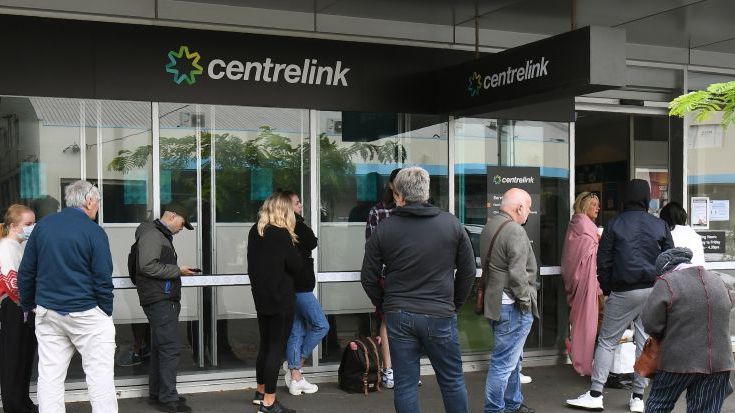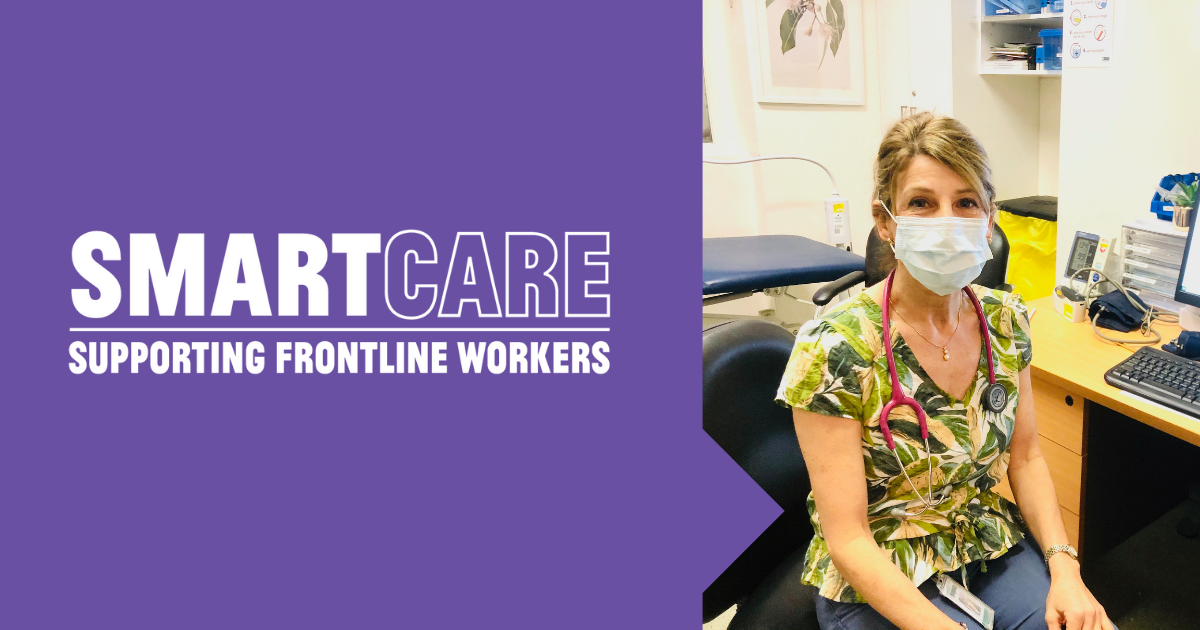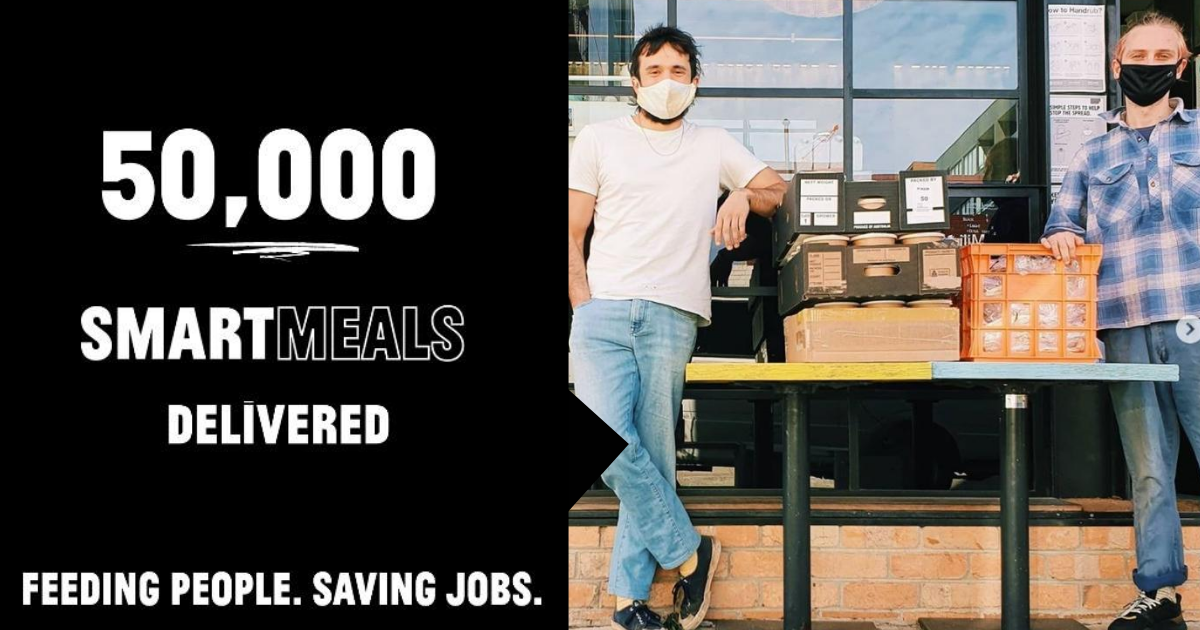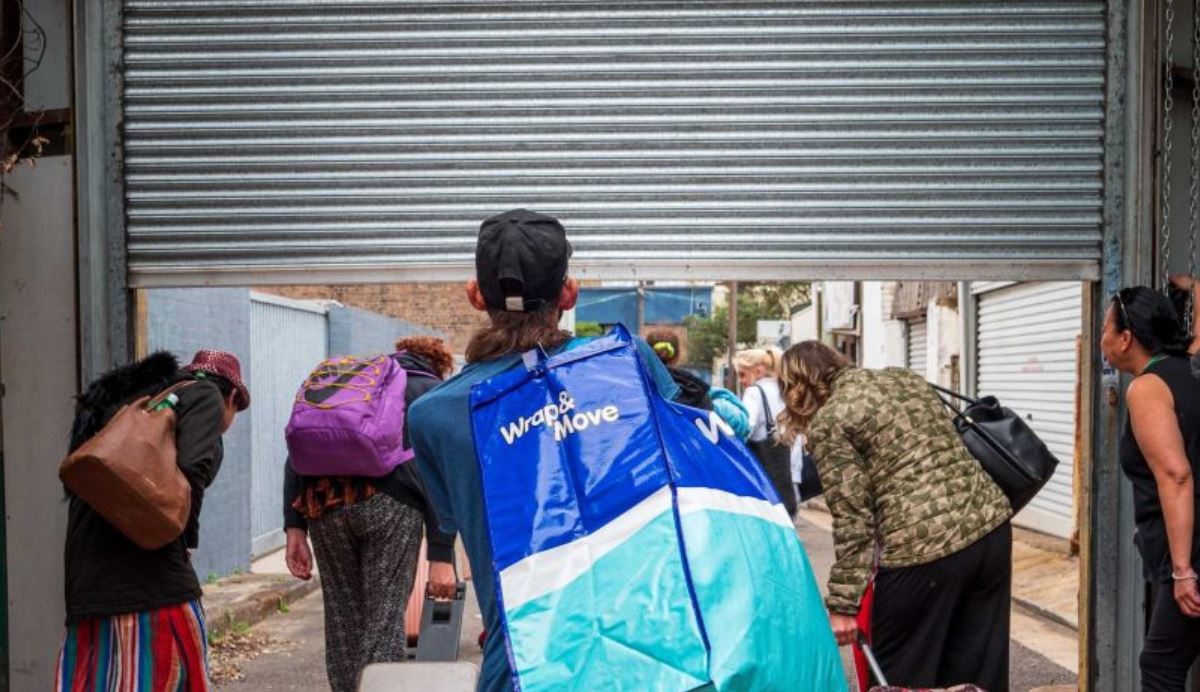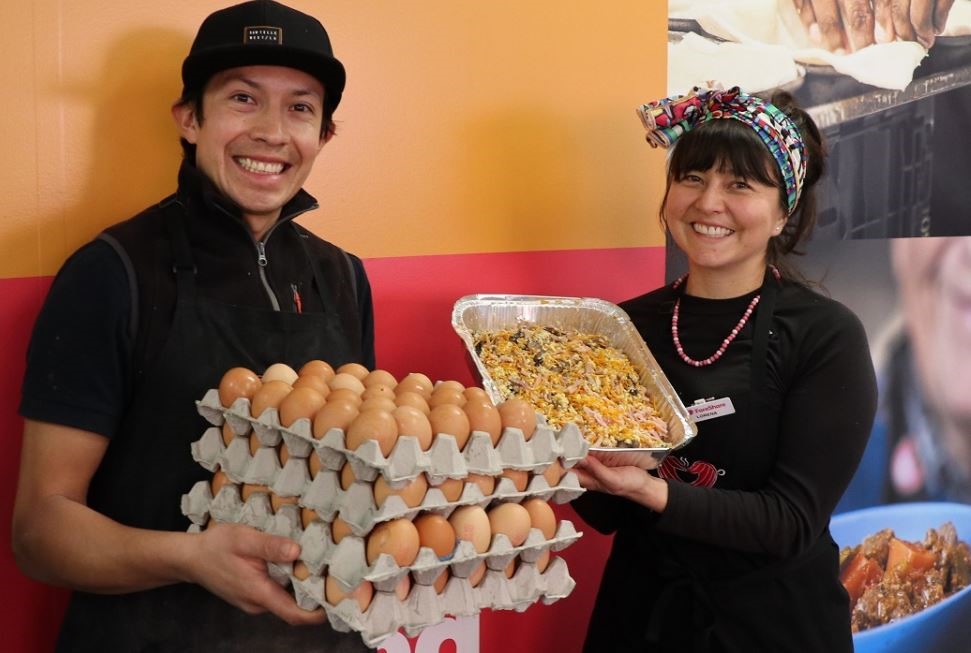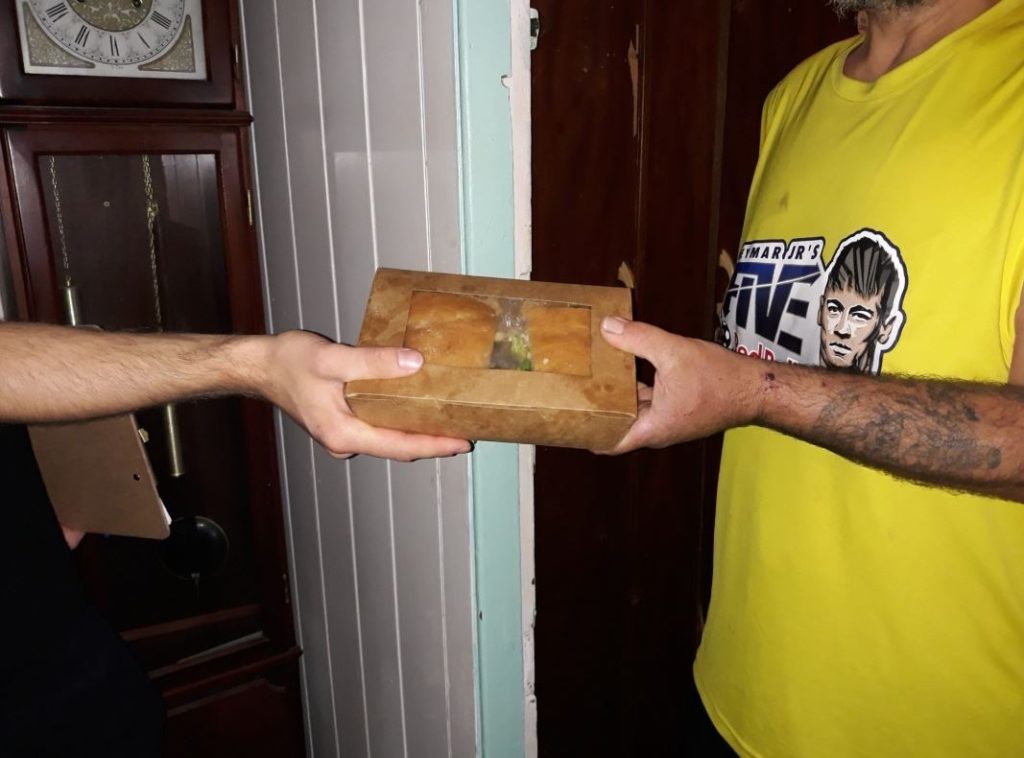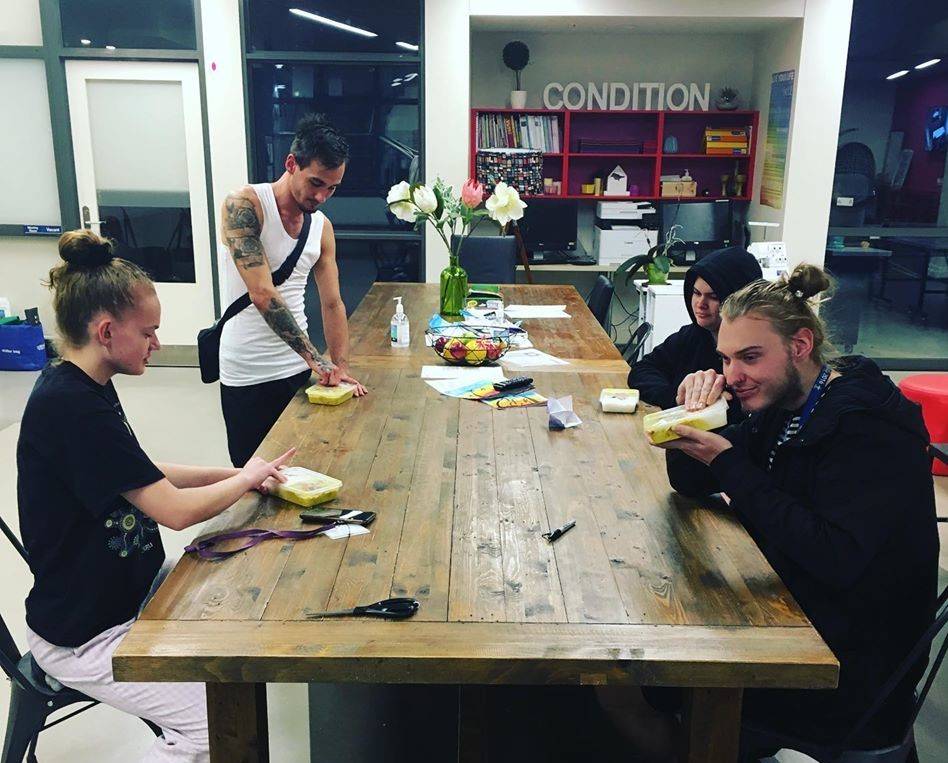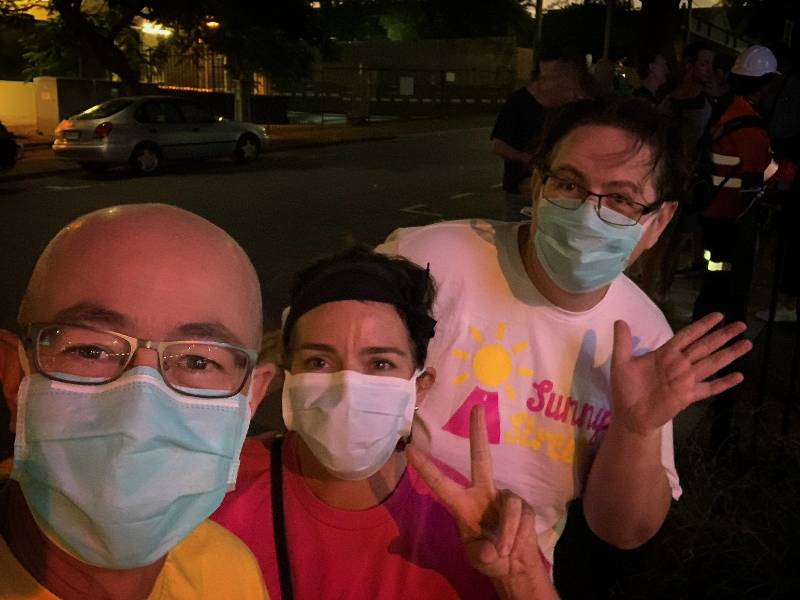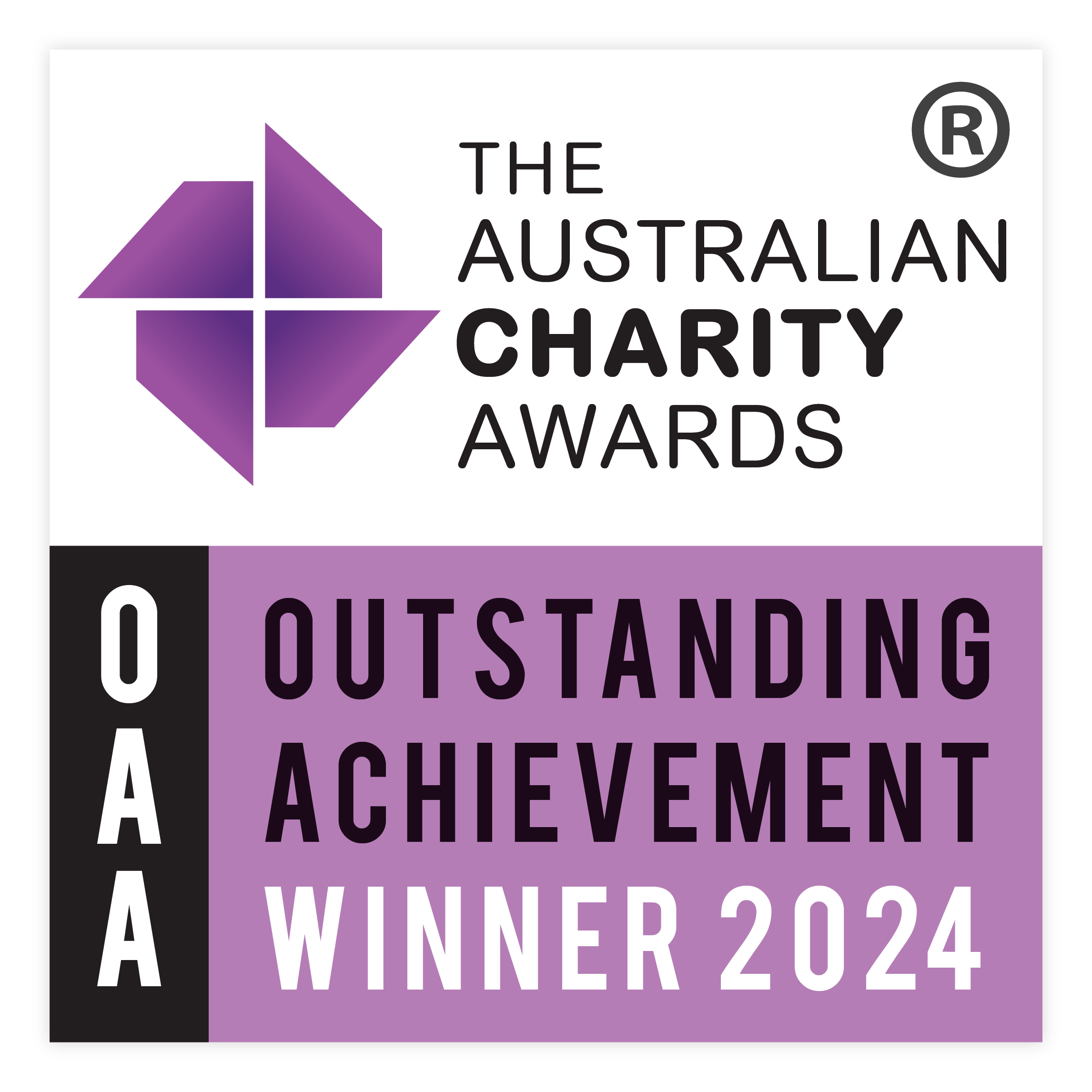May is Domestic and Family Violence Prevention month
There is often a misconception that homelessness only affects people sleeping rough on the streets. Where in reality this only represents a small number of people living without a safe place to sleep. A significant number of the community partners we support provide services for victims of domestic violence. Women and children fleeing dangerous circumstances may have to leave without any belongings and need immediate care. And the current pandemic is placing even more strain on already stretched services.
“Unfortunately, family violence is more prevalent during and after times of disaster such as bushfires and COVID-19. As a result, we are expecting to see an increase in the number of women and children seeking our service and needing safe accommodation,” said Emma, Family Violence Support Worker, Women’s Liberation Halfway House.
Read More
